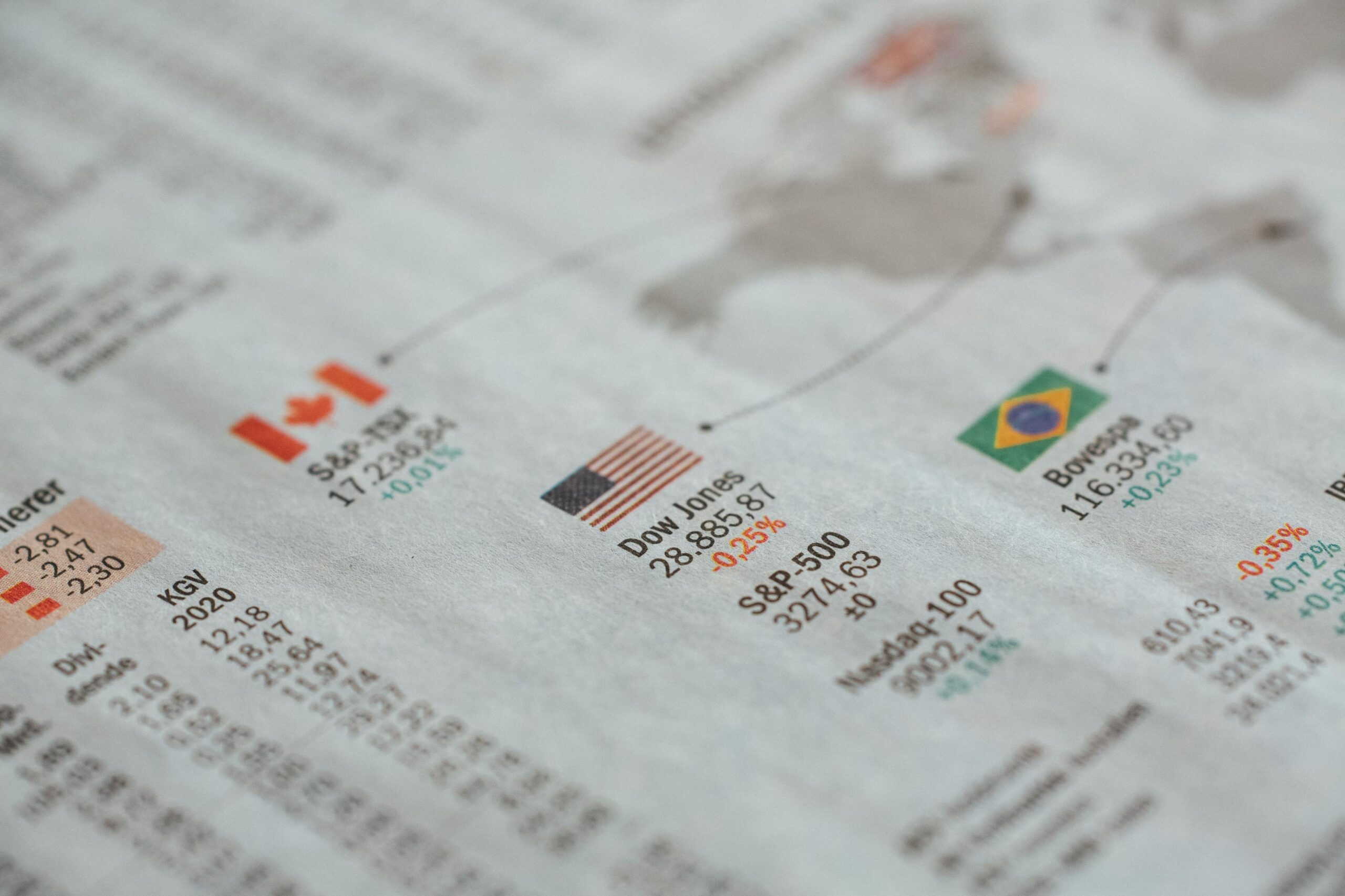The financial markets have always been a dynamic playground for investors, traders, and analysts alike, and at the heart of this intricate ecosystem lies the Dow Jones futures.
With the Dow Jones Industrial Average serving as a benchmark index, its futures contracts reflect not just the anticipation of market movements, but also the pulse of global economic sentiment.
Recent trends in Dow Jones futures have fueled conversations across financial circles, leaving both seasoned investors and curious onlookers eager to understand what these fluctuations mean.
What Are Dow Jones Futures?

Dow Jones Futures
Dow Jones futures are financial contracts that allow traders to predict and speculate on the future value of the Dow Jones Industrial Average.
This index itself comprises 30 blue-chip companies, representing various sectors of the U.S. economy, and acts as a barometer of stock market performance.
Futures contracts are traded on established exchanges, such as the Chicago Mercantile Exchange (CME), enabling market participants to either hedge against potential losses or take advantage of price swings.
Essentially, these futures are agreements that obligate the buyer and seller to execute the contract at a predetermined price and date in the future.
For traders, these contracts act as a tool to gauge short-term market sentiment and strategize accordingly. The movement of Dow Jones futures is influenced by factors like corporate earnings, economic indicators, monetary policy decisions, and geopolitical events.
Recent Trends in Dow Jones Futures
The past few weeks have been marked by heightened activity in Dow Jones futures, signaling both optimism and caution. On April 8, 2025, the futures surged by over 800 points in early trading, hinting at a strong rally in the stock market’s opening. This rebound was welcomed by investors, especially after witnessing three consecutive days of losses.
During this period, the Dow Jones index saw a staggering drop of 4,200 points, which led to widespread speculation regarding the stability of global markets.
Conversely, April 7, 2025, presented a starkly different picture as the Dow Jones futures plummeted by 1,822 points in response to escalating concerns about trade tariffs and geopolitical tensions.
The sharp decline, combined with fears surrounding U.S.-China trade negotiations, created an atmosphere of uncertainty.
The fluctuations underscore the volatility of the stock market and the critical role Dow Jones futures play in reflecting broader investor sentiment.
Key Factors Driving Market Swings
A closer look at the forces influencing Dow Jones futures reveals a mix of economic, political, and corporate drivers. Understanding these elements is essential for navigating market volatility:
- Geopolitical Tensions: Trade disputes between major economies, particularly the United States and China, have had a significant impact on global markets. Concerns over tariffs and retaliatory measures create uncertainty, which is often reflected in futures contracts.
- Monetary Policy Decisions: The Federal Reserve’s stance on interest rates and economic policy is closely monitored by investors. Signals of potential rate hikes or reductions can lead to immediate reactions in futures trading, as they affect liquidity and borrowing costs.
- Economic Data Releases: Reports on inflation, unemployment, consumer confidence, and GDP growth act as critical indicators of economic health. Strong data can boost market confidence, while weaker-than-expected numbers can trigger sell-offs.
- Corporate Earnings Reports: The financial performance of key companies within the Dow Jones Industrial Average plays a vital role in shaping market sentiment. Positive earnings can lead to rallies, whereas disappointing results might dampen investor enthusiasm.
Implications for Investors
The volatility in Dow Jones futures is a reminder that investing in the stock market requires a strategic and informed approach. Here are some actionable tips for navigating uncertain times:
- Diversify Your Investments: Avoid overexposure to a single asset class or sector. Instead, build a balanced portfolio that includes equities, bonds, commodities, and even international stocks.
- Stay Updated on Economic Indicators: Keeping track of major economic data releases helps investors identify trends and make informed decisions about asset allocation.
- Understand the Role of Futures Contracts: Whether you’re an active trader or a long-term investor, Dow Jones futures can serve as a tool for hedging risks. Consulting financial advisors and understanding contract specifications are crucial steps.
- Focus on Long-Term Goals: Market swings, though impactful in the short term, often align with broader trends. Maintain a long-term perspective and avoid making impulsive decisions based on daily fluctuations
Looking Forward: What Lies Ahead?
As global economic landscapes continue to evolve, Dow Jones futures will remain a significant element of financial markets. The unpredictability of recent movements reflects not only the complexity of today’s markets but also the interconnectedness of economies worldwide.
Investors will need to stay adaptable, informed, and prepared for a rapidly changing environment.
Upcoming developments, such as corporate earnings season and Federal Reserve meetings, are likely to shape the trajectory of Dow Jones futures. Additionally, geopolitical events and trade negotiations will continue to exert influence, making it critical for investors to stay engaged.
Final Thoughts
The recent swings in Dow Jones futures encapsulate the excitement and challenges of navigating the financial markets. Whether it’s a dramatic surge or a steep decline, these movements reflect broader economic trends, geopolitical concerns, and investor sentiment. For those looking to make sense of the chaos, understanding the mechanics of futures trading and staying informed are the keys to success.
As the market evolves, Dow Jones futures will remain a focal point for investors seeking to anticipate and react to changes. By adopting a disciplined approach and leveraging available resources, both novice and experienced traders can position themselves to weather uncertainty and seize opportunities.
Let’s remember—while market movements are unpredictable, the principles of informed investing and strategic thinking stand the test of time.
Want to stay ahead in the financial world? Subscribe for more market insights!
Share your thoughts on Dow Jones futures in the comments below!
For more updates stay to Bulletins45.



There’s a quiet intensity to this piece that makes it unforgettable. It’s the kind of writing that lingers in your mind long after you’ve put the book down or closed the screen. Every line seems to carry with it an echo — a subtle reverberation that invites further reflection, and that’s a quality not easily found in modern writing.